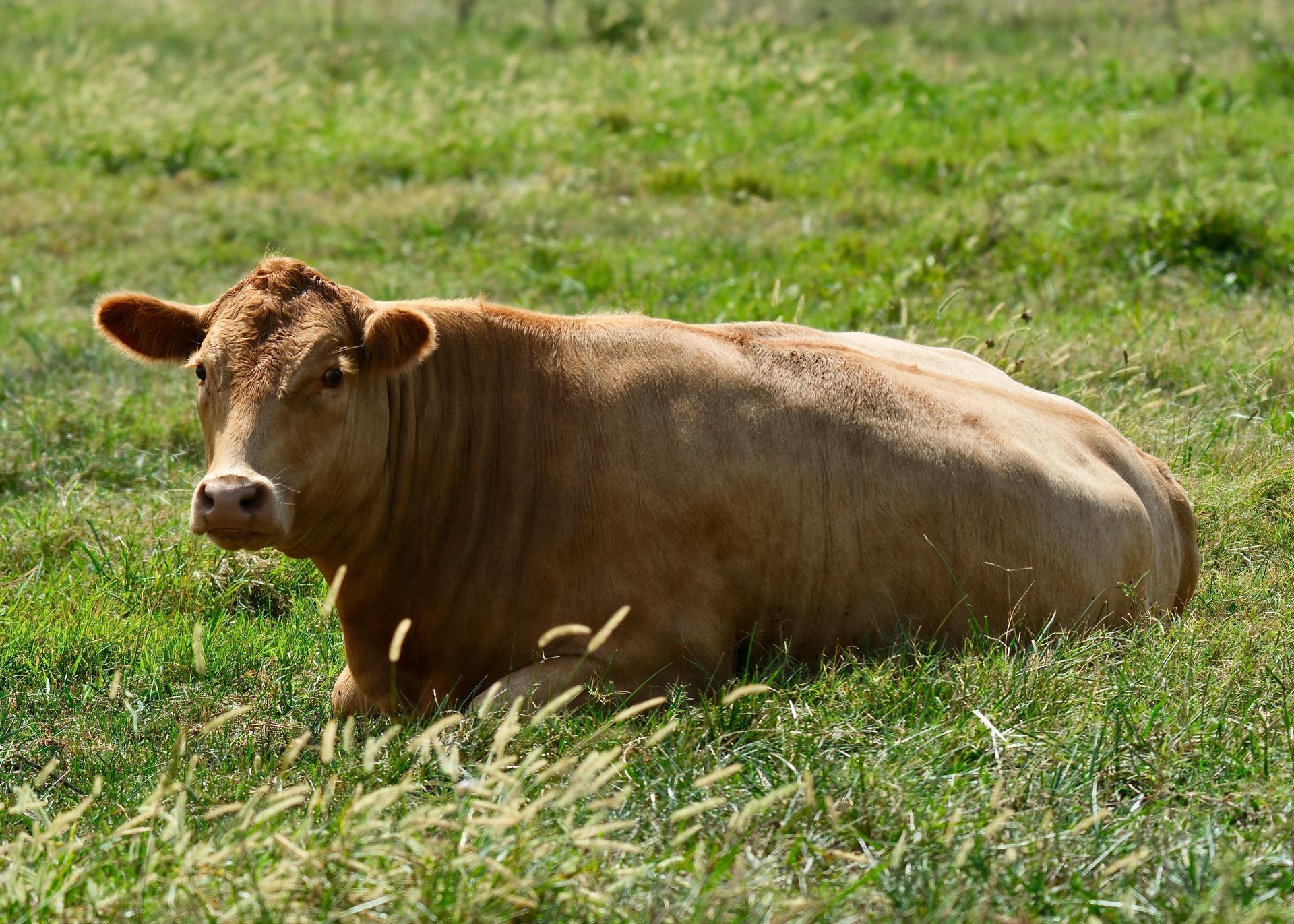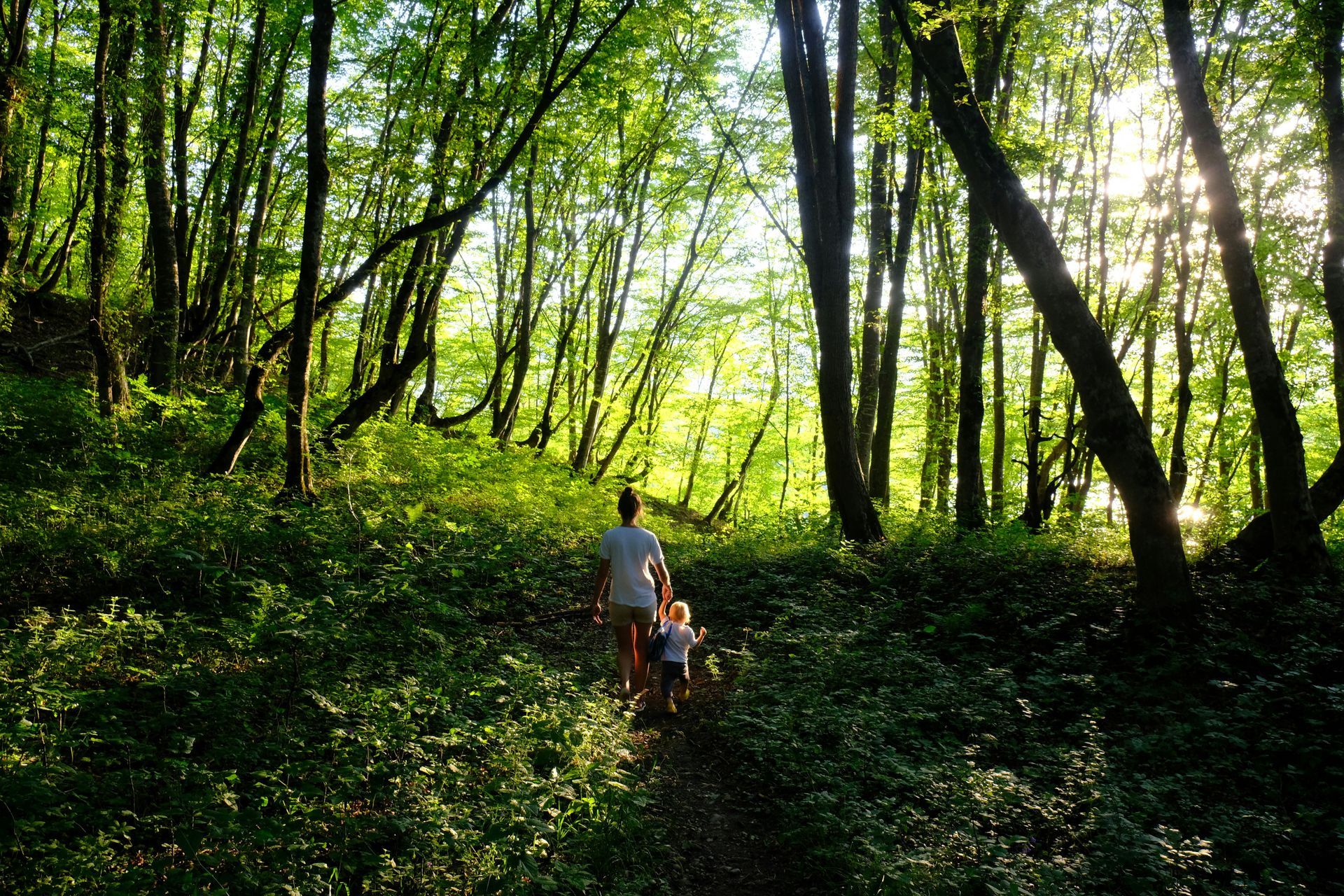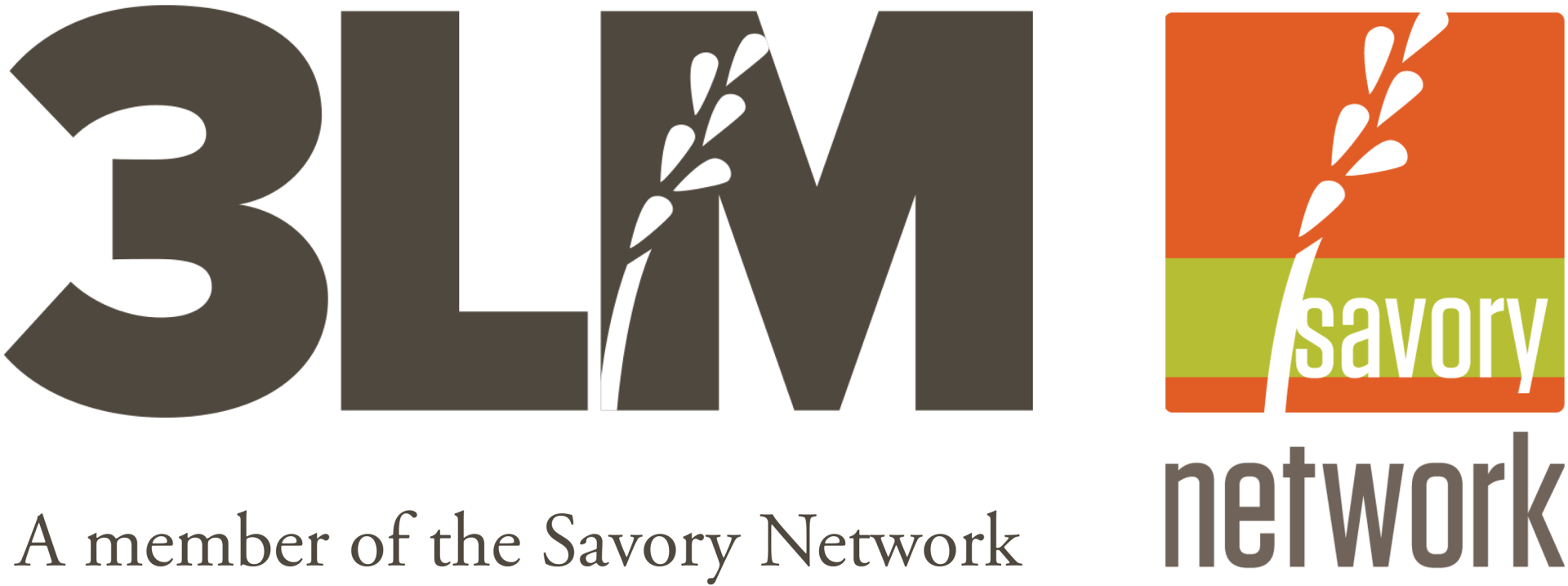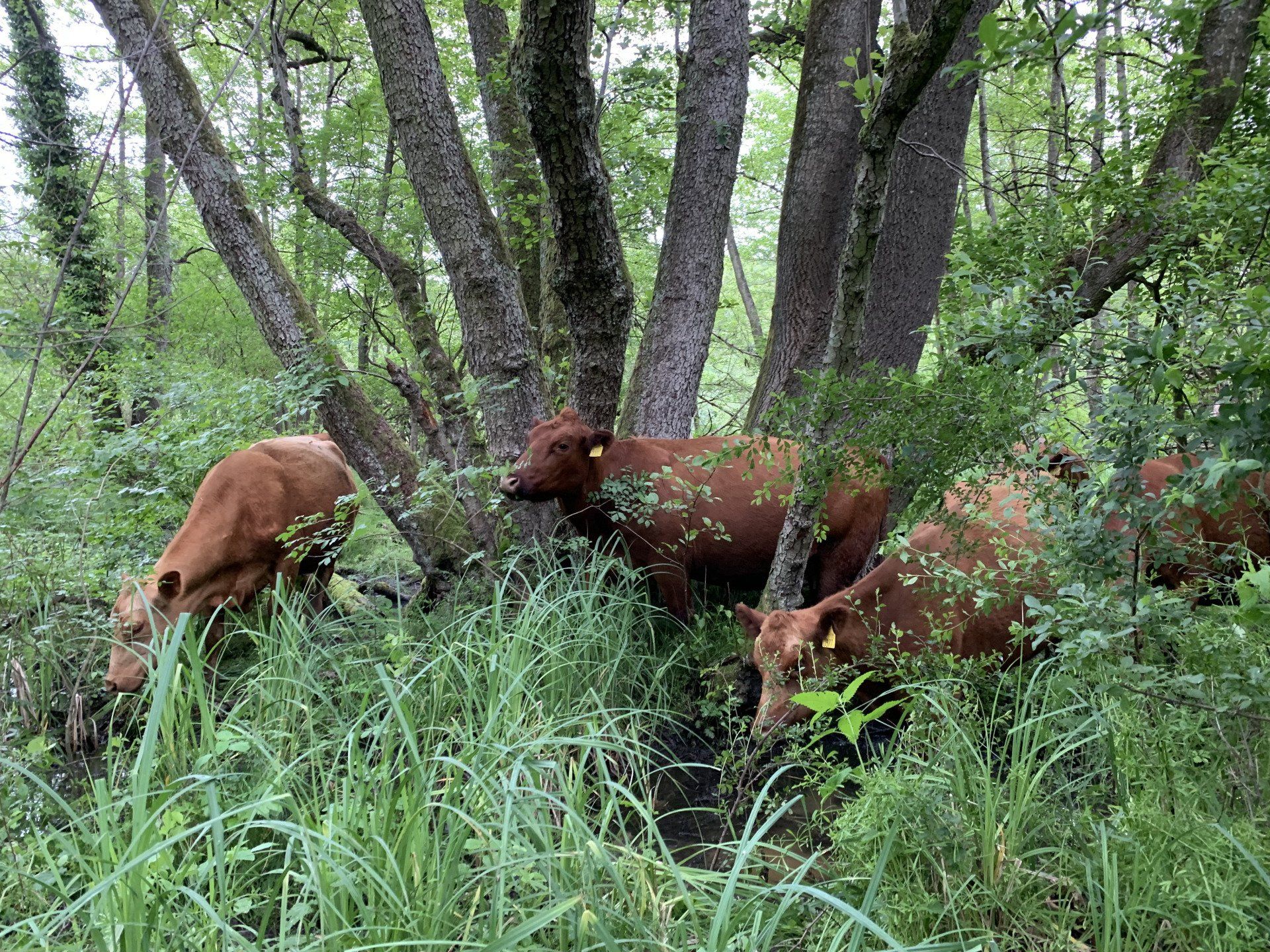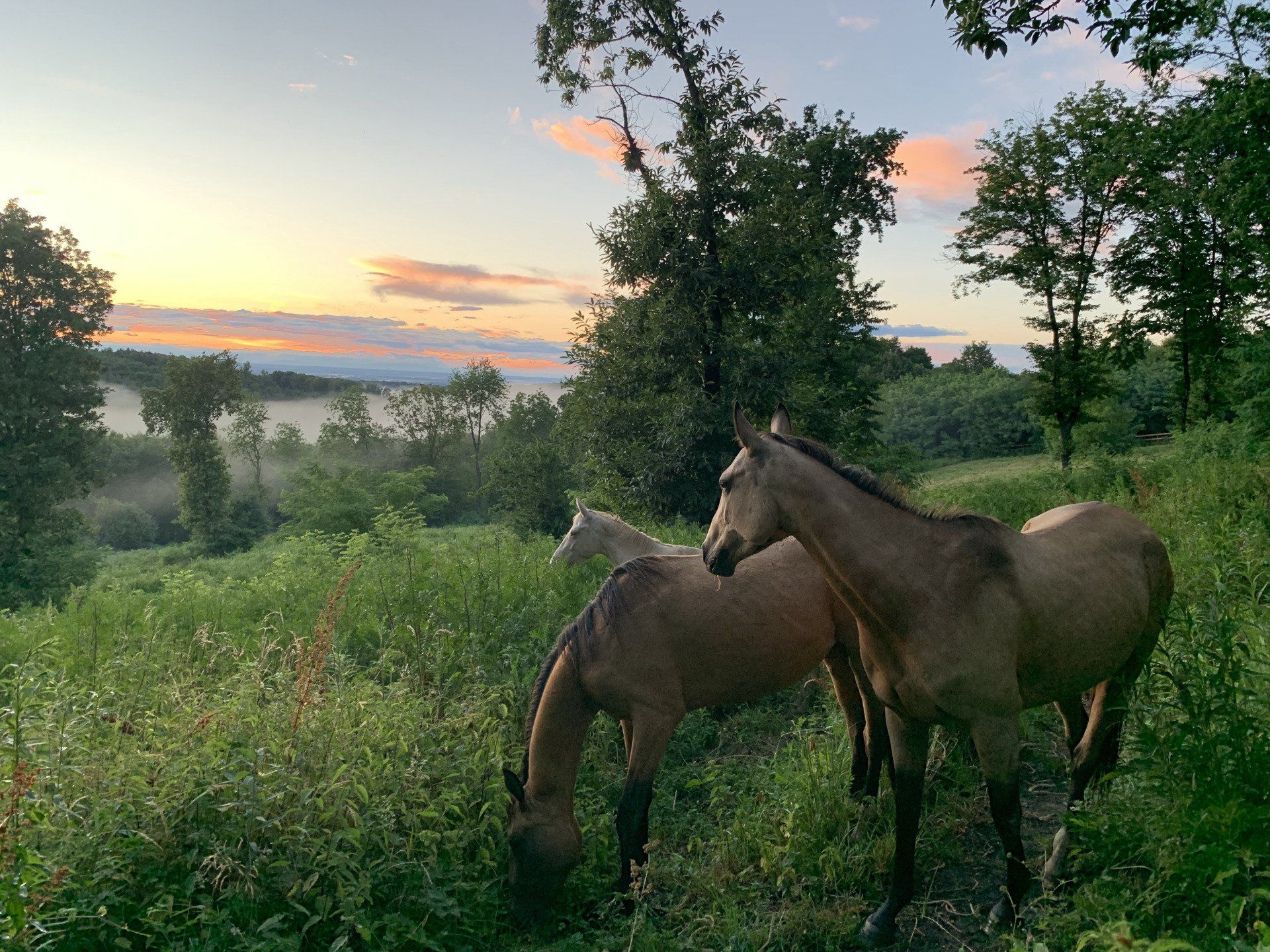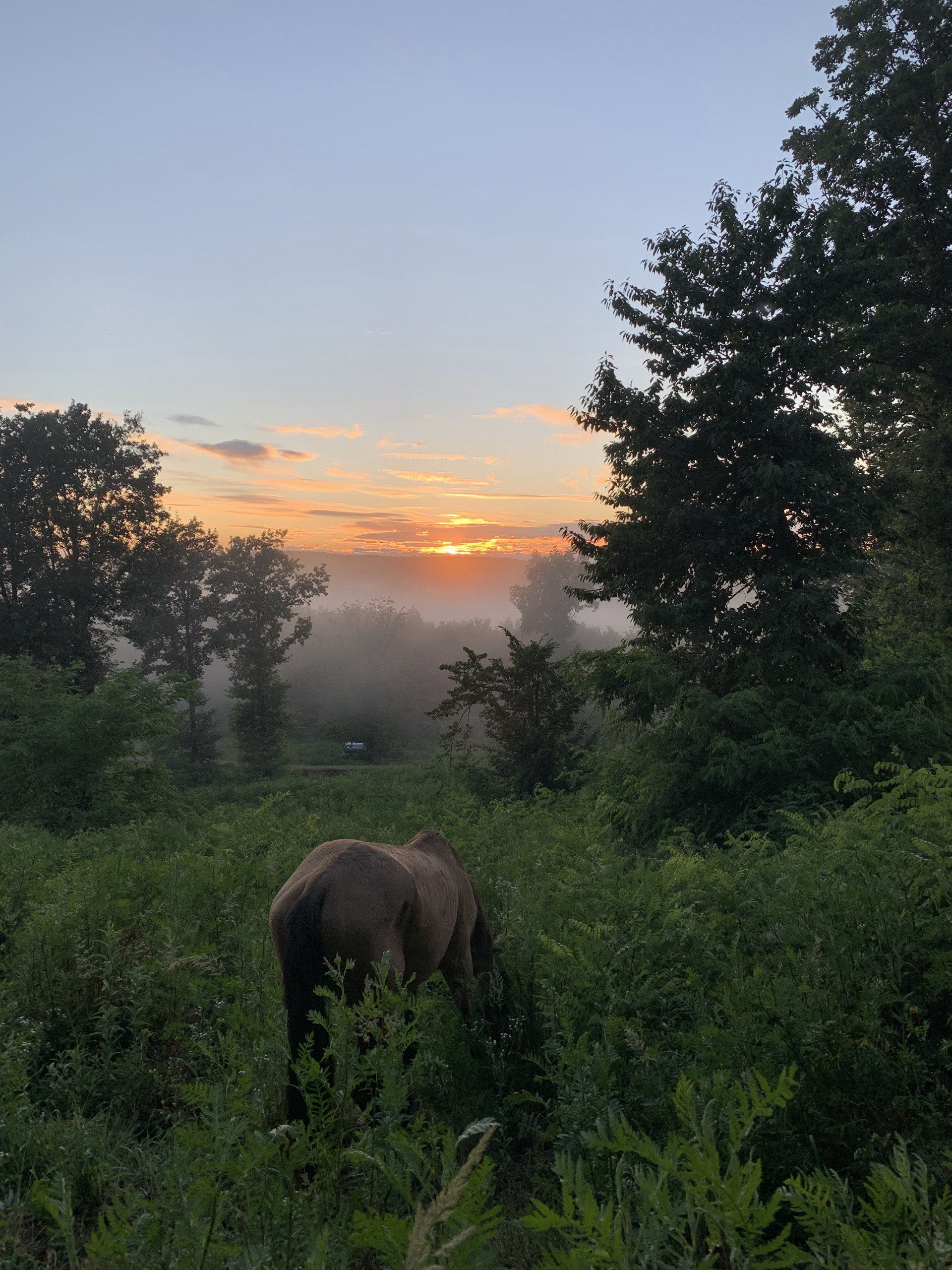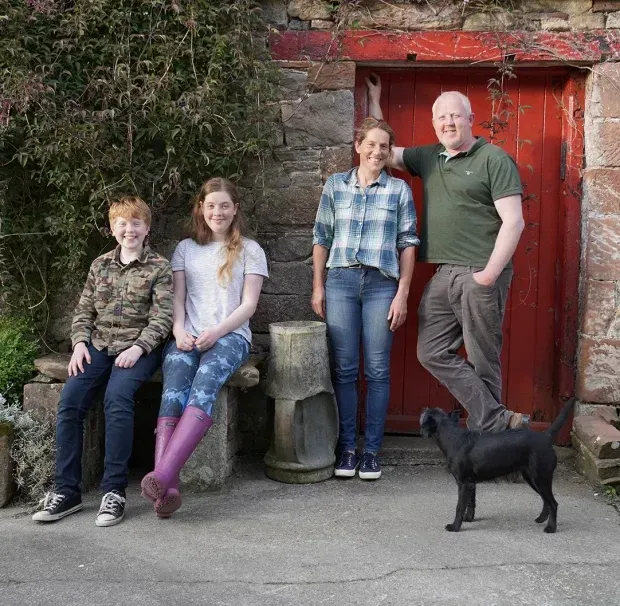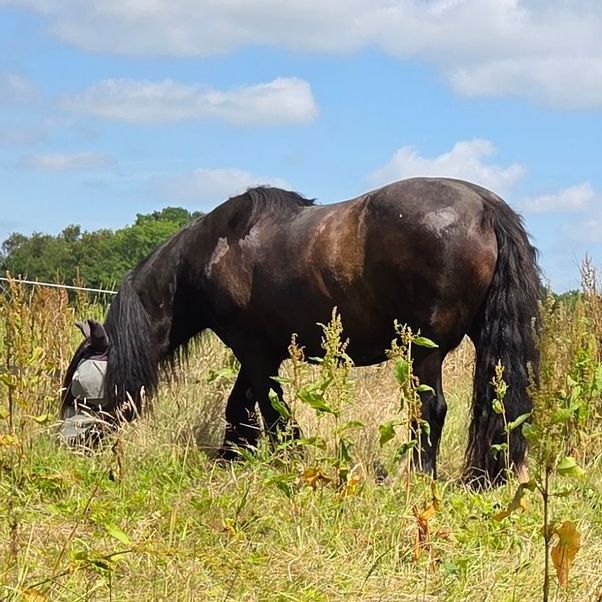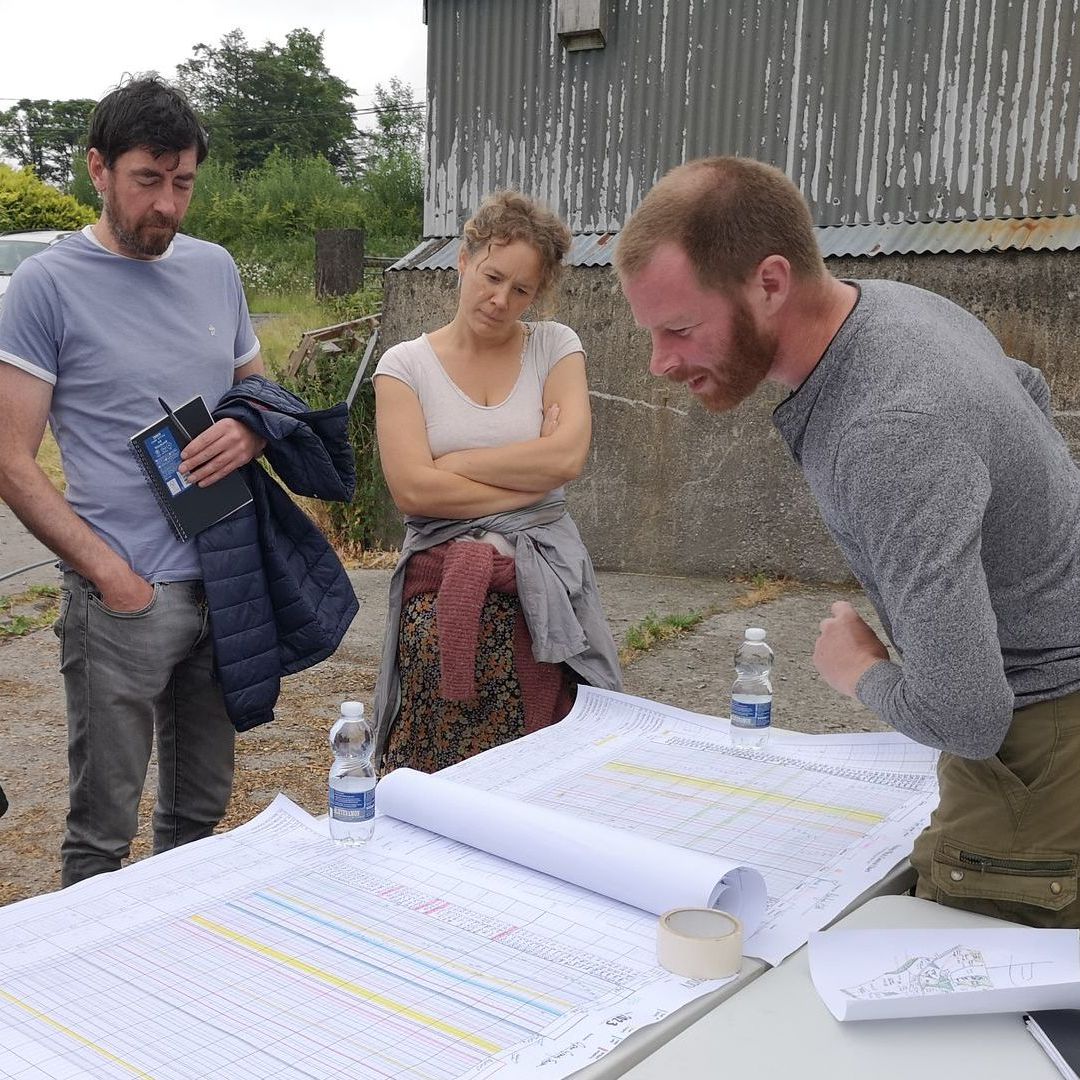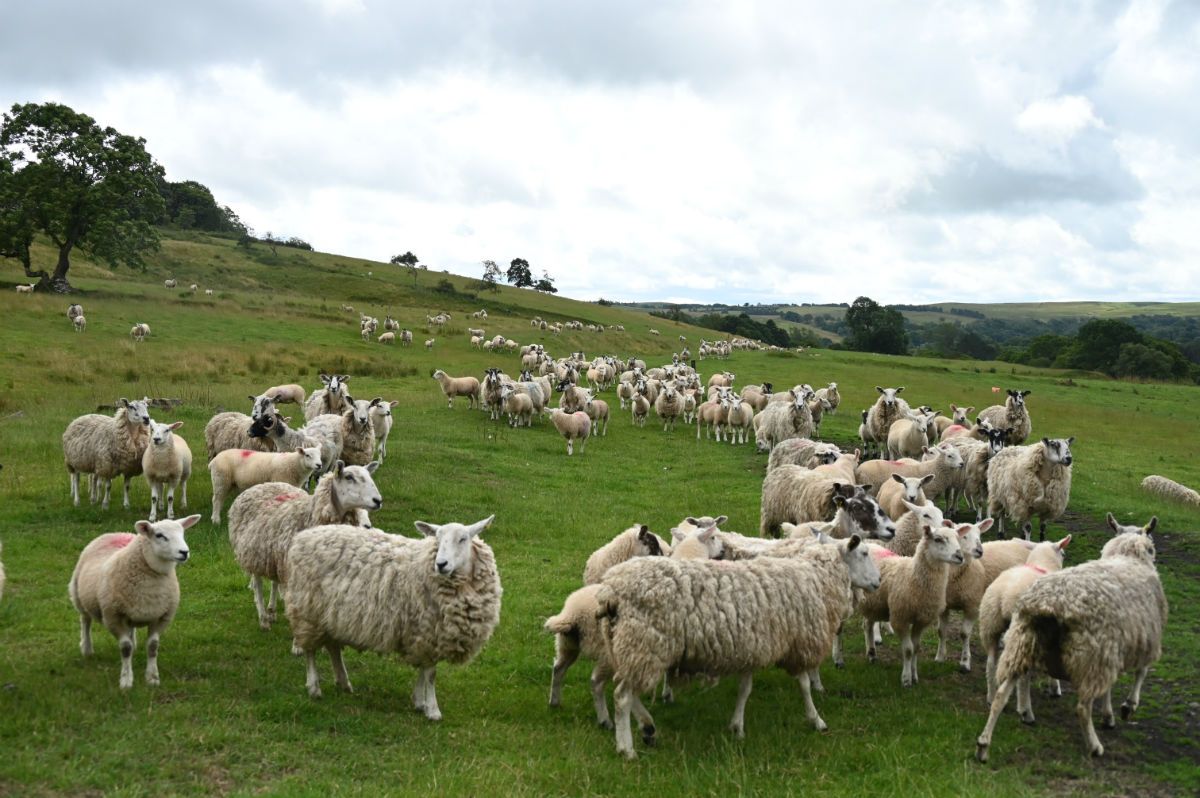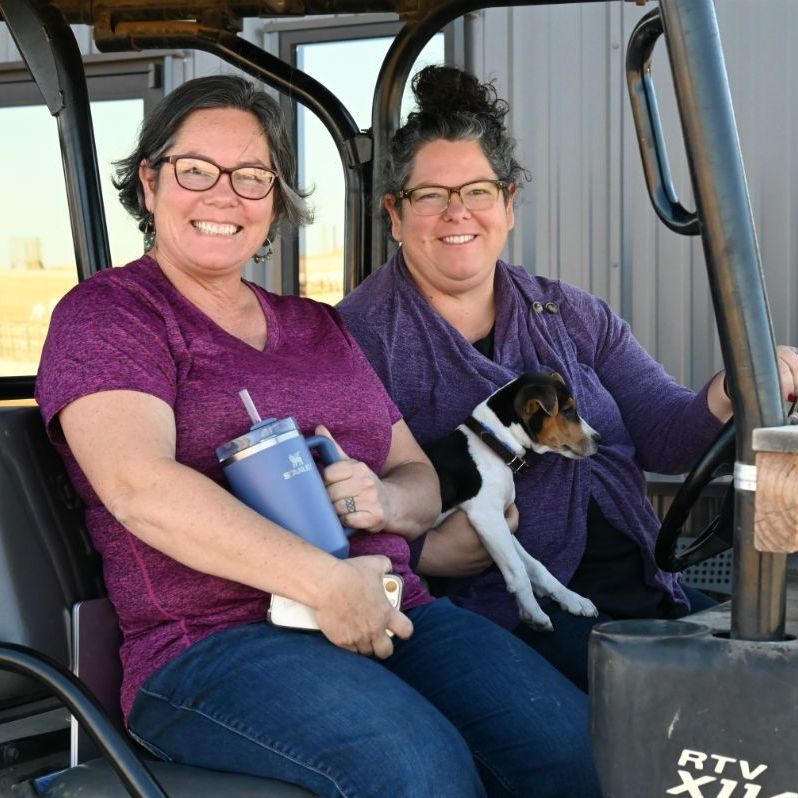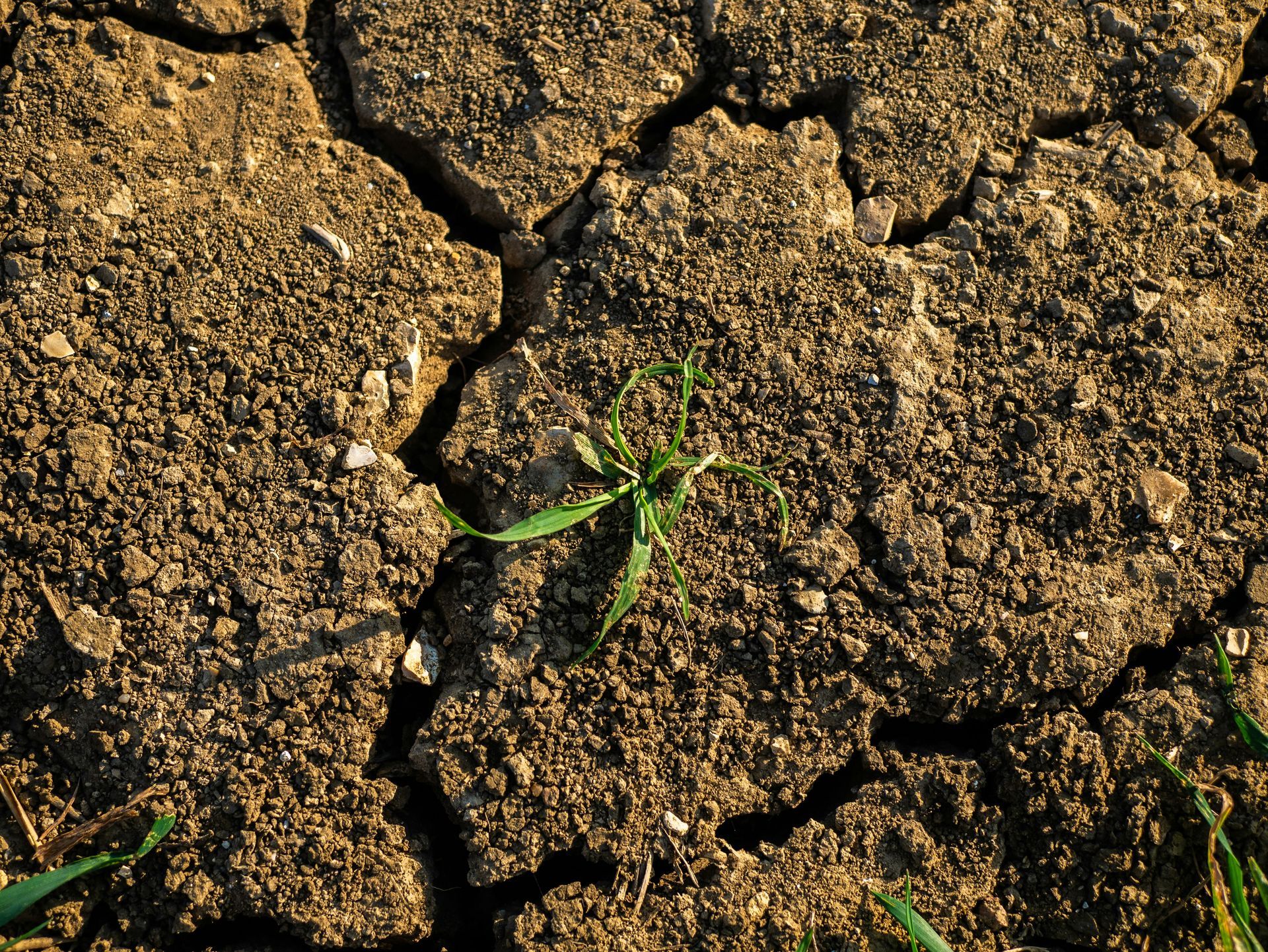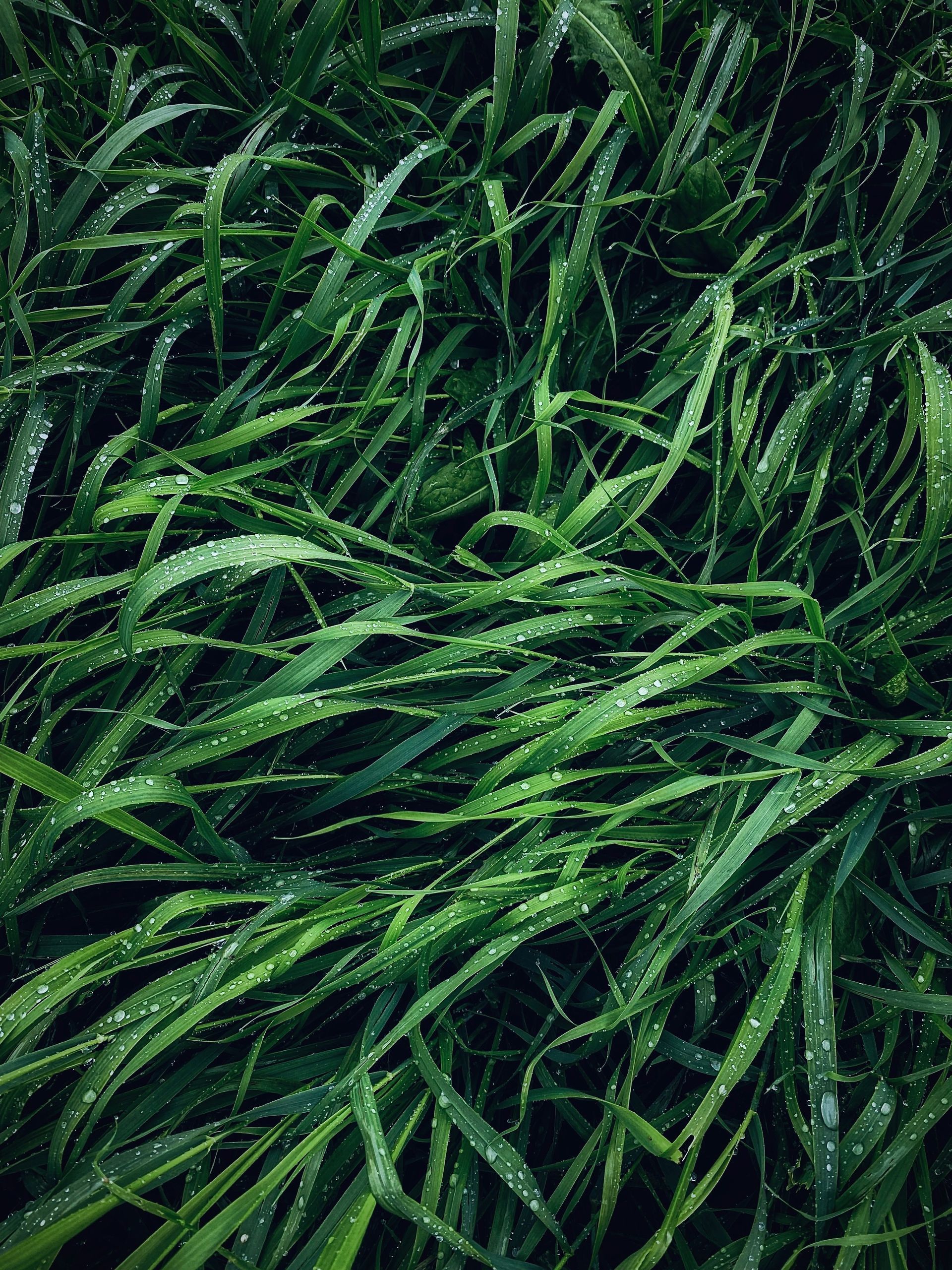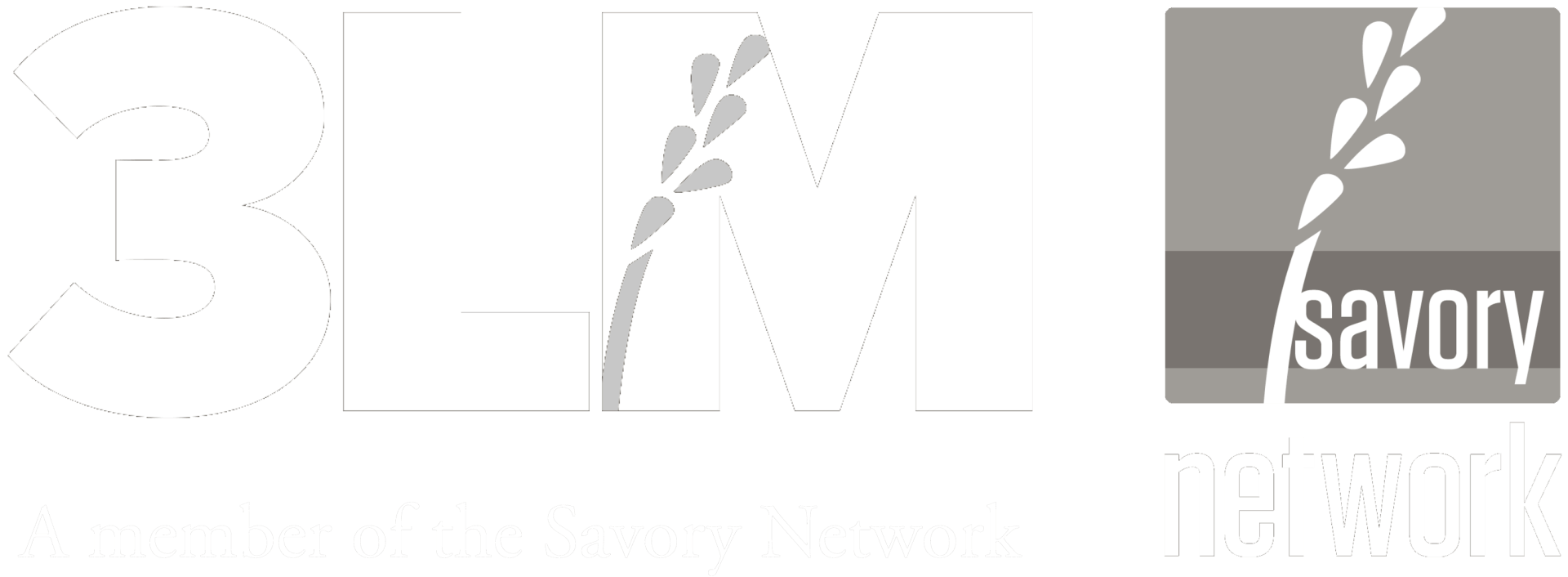Forest Grazing in Hungary
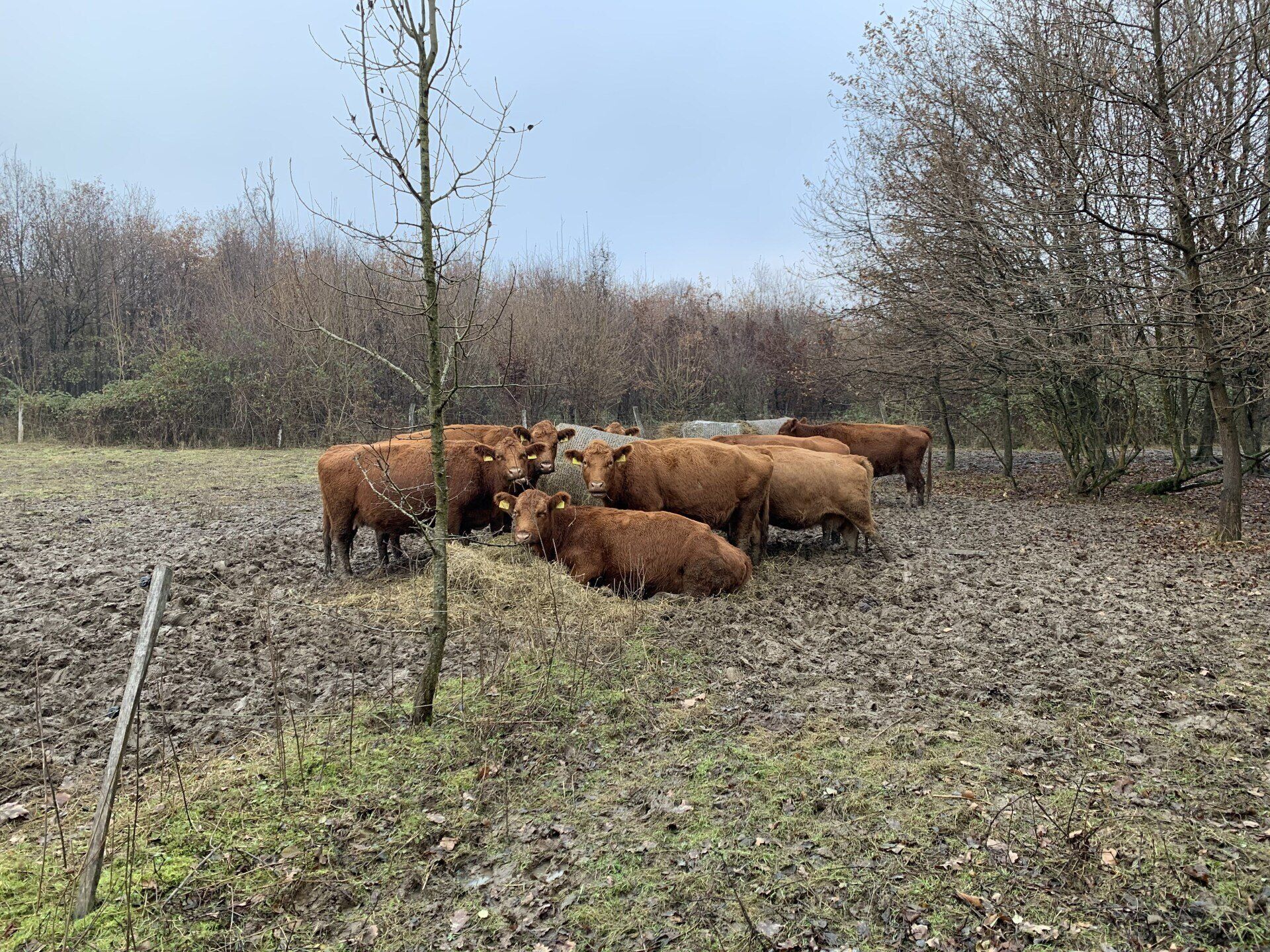
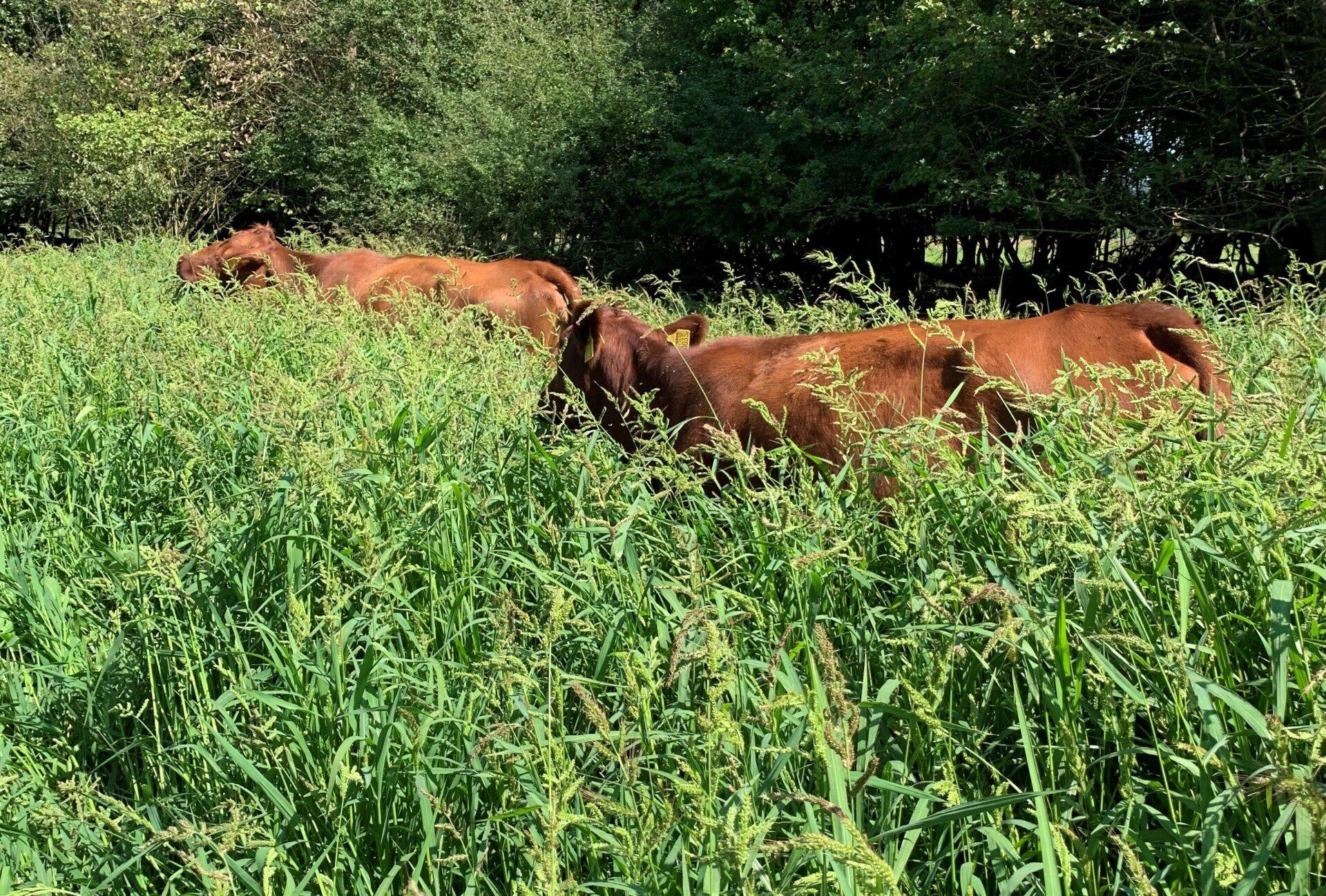
The Problem: Compaction & Bare Soil
Andrew Szunyogh helps run his family’s organic cattle breeding farm in Zala County, Southwest Hungary. After the land showed signs of excessive use, such as compaction and bare soil, Andrew found a solution that would work while he was still at university. He currently manages 300 hectares, where 83 hectares are grazed with eighty adult red angus cattle and three purebred Akhal-Teke mares.
Education Was the First Step
Andrew became interested in Holistic Management through his university studies. While doing a project on his family business he found the Savory institute’s YouTube videos.
He liked the idea of
Holistic Planned Grazing and saw how it could be a solution to land problems the farm was experiencing. After buying the book,
Holistic Management: A Commonsense Revolution to Restore Our Environment, and doing more self-learning on management, he registered with the Savory institute and completed their
Self-Study Holistic Management Fundamentals Course. He was advised to contact
3LM, which is the education hub for Holistic Management in the UK and Ireland.
Joining a Global Community of Like-Minded Individuals was the Second Step
He completed all courses in May 2020, and by simply being enrolled in 3LM training, he entered a global community of like-minded individuals, called Regrarians Workplace, now 3,000+ strong.
Identifying The Underlying Root Cause of the Problem
One of the main issues he wanted to address with Holistic Management was compaction and bare soil. Prior to Holistic Planned Grazing, they were using a simple rotational system which led to bare soil that became dusty in Summer, and muddy near the singular water trough in Winter.
By having only one water point the cattle overused the area walking nearly one kilometer each time they needed water. To resolve this problem they decided to lay down concrete around the trough, but the mud simply moved further away from the trough. Soil compaction resulted from repeated trampling with insufficient rest for plant recovery.
Through Holistic Management, Andrew could pinpoint the underlying root cause of the problem, which was insufficient plant recovery time. He began by applying more than four months recovery periods between grazings at the main water point, and has seen good progress. Additionally, they used wood waste from a local sawmill as soil cover in the wooded area, where the main water point is located. And, he added water points.
Through these measures they were able to eliminate cow tracks on the pastures. They are planning to invest in a pipeline system and portable water tanks to provide more options for drinking points and better water quality.
Forest Grazing
The 80 hectares include 30 hectares of grassland with little or no shaded areas, 30 hectares of silvopasture and 20 hectares of forest, including oak, beech, hornbeam, acacia, willow, and alder.
Andrew uses forest grazing for multiple reasons. In hot summers it allows for shade to prevent animals from overheating. The forest also contains different plant species to provide a better diet for the cattle. Andrew finds it easier to practice the “graze or trample 2/3 and leave 1/3” strategy in forests, since plant density is lower. The leaf quantity per bite is less than in the grassland, encouraging the herd to keep on the move.
Forest Grazing in Winter
Andrew discovered one problem -- forest grazing during the non-growing season. When the herd was allowed to stay too long, in addition to heavy trampling, cattle tended to eat dead leaves from the ground as supplementary feed, leading to uncovered ground surface. When tree canopy provides little or no light, bare soil can remain until the next Autumn.
Through experience he found there is good plant availability in the forest in the Spring, when the tree canopy is not yet connected and light reaches the forest floor. In Summer, shade reduces plant availability at the ground level. In Autumn, the falling leaves and acorns provide supplementary feed. Cattle tend to eat up ground cover in the forest during Winter, resulting in bare soil.
He has learned to graze a forest annually or every second year due to the slow plant recovery. Andrew says, “When the herd stays too long and the soil becomes compacted and uncovered, we provide long recovery periods and might add some wood waste to cover the ground and encourage fungi activity. In the non-growing season, the forest gives shelter to the herd, but we try to avoid high density and move the herd quickly to reduce damage.”
Holistic Management with Horses
Using Holistic Management with horses is a new challenge for Andrew, he aims to return to some Hungarian traditions and start a horse breeding project in a hilly area with purebred Akhal-Teke horses.
He just started to implement it, when the horses arrived in April 2021. The horses were not used to electric fencing or pasture grazing, therefore he decided to help them adapt slowly.
The horses were introduced to three hectares of silvopasture, ungrazed since August 2020. This was necessary to provide enough fibre content with woody species and old or dead plants. The management started with set stock grazing to support the adaptation of the animals.
As the horses became used to the portable electric fence system it became possible to start moving them. The aim was to graze 15 to 30 horses on the entire property, including wooded pastures and forests, with tall grass grazing.
To provide enough space for the horses’ physical activity, the daily pastures are understocked and under-grazed. To ensure the paddocks are grazed properly, Andrew plans to follow the horses with high density grazing from cattle. He hopes to try this next year.
One Year In, and He Sees Excellent Results
While there is much more to learn, Andrew is pleased. He says, "Our land management got very likeable for several local land owners who asked us to regenerate their land with grazing. Thanks to these cooperations we could significantly increase the land under our grazing management."
Here are the results so far...
- Compaction and bare soil have been significantly reduced.
- Due to tall grass grazing and long rest periods they have experienced a massive increase in insects, birds, rabbits, and deer.
- Higher plant density means they are growing more grass. The land has yielded more forage this year than before.
- The farm is ready for Winter grazing, with a good crop on the land.
- The horses and cattle are healthy.
- They stopped using chemicals for worming or flies.
- No fly control resulted in clouds of flies on the animals, but they are also followed by clouds of birds. The fly problem is not solved, but soon their population will collapse as the cold comes in. The cows tolerated them with little or no condition loss, and without infections (with one exception).
- Access to new land gave them the chance to try grazing all year round with standing hay with minimal hay feeding in centralised areas.
To learn more, please have a look at Andrew's website, DEDES, Private Agroecology Project.
